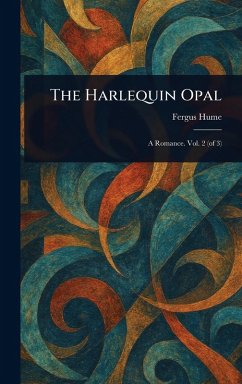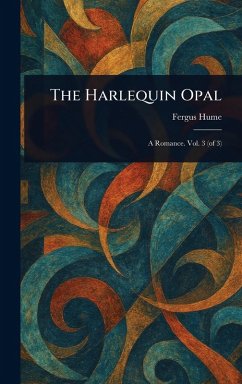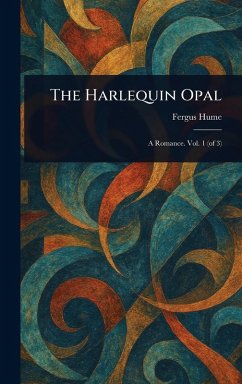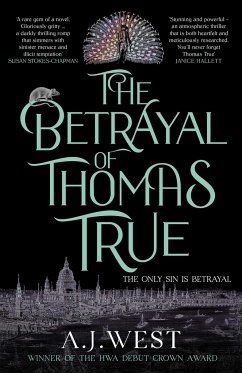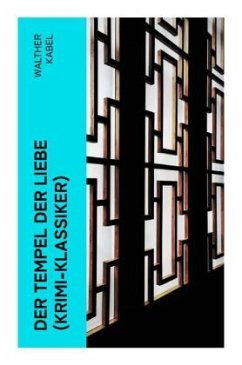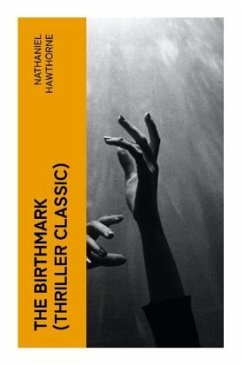
The Harlequin Opal (Gothic Classic)
Versandkostenfrei!
Versandfertig in 6-10 Tagen
15,60 €
inkl. MwSt.

PAYBACK Punkte
0 °P sammeln!
In "The Harlequin Opal," Fergus Hume masterfully intertwines Gothic elements with a gripping detective narrative, presenting a tale steeped in mystery and psychological nuance. Set against the atmospheric backdrop of Victorian England, the novel delves into themes of obsession, moral ambiguity, and the labyrinthine nature of human desire, as the titular gemstone becomes a focal point for both greed and supernatural intrigue. Hume's evocative prose and vivid characterizations amplify the suspense, propelling readers through an intricate plot where unmasking the truth becomes as perilous as the ...
In "The Harlequin Opal," Fergus Hume masterfully intertwines Gothic elements with a gripping detective narrative, presenting a tale steeped in mystery and psychological nuance. Set against the atmospheric backdrop of Victorian England, the novel delves into themes of obsession, moral ambiguity, and the labyrinthine nature of human desire, as the titular gemstone becomes a focal point for both greed and supernatural intrigue. Hume's evocative prose and vivid characterizations amplify the suspense, propelling readers through an intricate plot where unmasking the truth becomes as perilous as the secrets buried within the opal's depths. Fergus Hume, an Australian author who achieved prominence during the late 19th century, was influenced by the burgeoning detective genre and the Gothic tradition. His earlier works, such as "The Mystery of a Hansom Cab," established him as a pioneer of crime fiction, yet his exploration of the darker nuances of humanity in "The Harlequin Opal" marks asignificant evolution in his writing. Hume's diverse background and experiences shaped his understanding of society's underbelly, which he vividly portrays in this novel. For readers seeking a captivating blend of Gothic romance and mystery, "The Harlequin Opal" is a must-read. Hume's skillful narrative and profound insights into the human psyche invite readers to ponder moral dilemmas while they are engrossed in a thrilling story. This classic work not only entertains but also challenges readers to reflect on the complexities of love and ambition.



